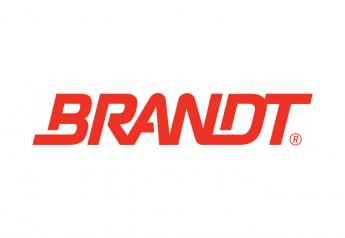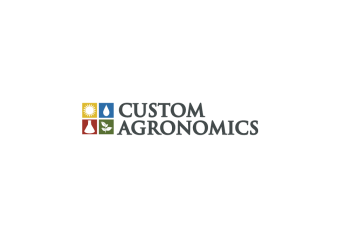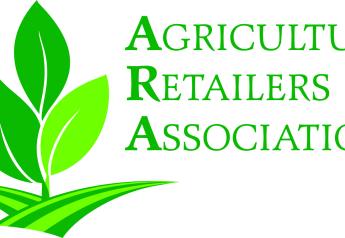Compass Minerals Reports Q1 2018 Results

Compass Minerals gave its first quarter of 2018 report detailing performance and outlook for its two business segments: salt and plant nutrition.
“We are encouraged by the return of winter weather both in the U.K. and North America as well as stable conditions in our agriculture markets, which have resulted in revenue growth for the company,” said Fran Malecha, Compass Minerals’ president and CEO in a news release. “With better deicing market fundamentals expected in the salt business as well as our strengthened portfolio of specialty plant nutrients and strong commercialization platform, we are poised to drive continued top-line growth for the rest of the year. In addition we are working diligently to improve our operations and increase our profitability.”
Specifically, for its plant nutrition group, the company noted the extended cold and wet weather of the quarter did result in delays for fertilizer applications. However, sales volumes and revenues for its plant nutrition groups in both North America and South America outpaced 2017 performance.
In North America, the plant nutrition group’s revenue for the quarter totaled $52.9 million, which is an 8% increase from 2017 results. While sales volumes increased 10% over 2017’s first quarter, the average selling price declined 2% due to “a lower-priced sales mix within micronutrients.” Production costs also increased, primarily due to bringing online new production capabilities at the company’s Odgen, Utah sulfate of potash plant.
Additionally, the company announced a new partnership with Kansas State University for research.
Looking ahead, the company expects the plant nutrition group in North America to be pressured by the shortened planting season—mainly resulting in lower sales of micronutrients. For full fiscal year 2018, the company sees sales volumes in North America for plant nutrition to range from 320,000 to 350,000 tons. In South America, the fiscal year 2018 total is pegged at 700,000 to 900,000 tons.







